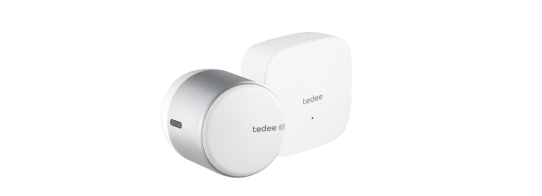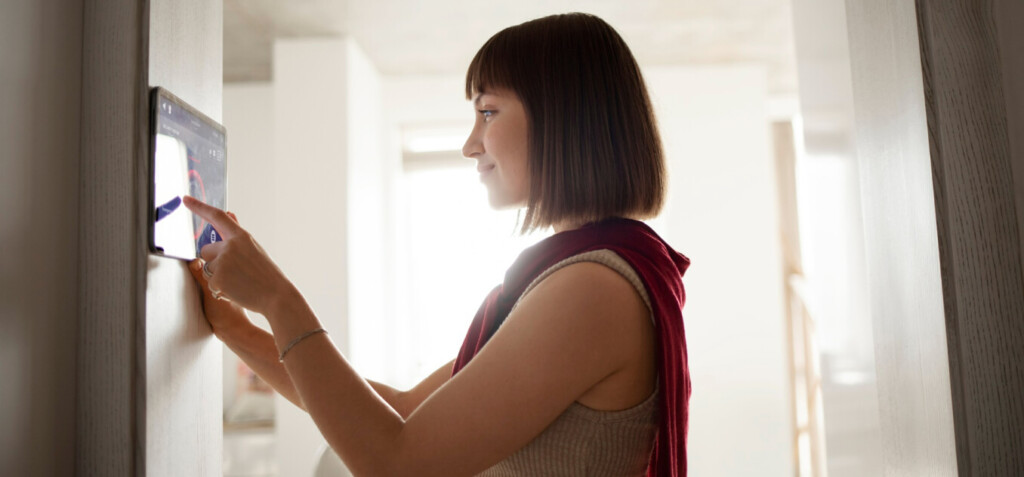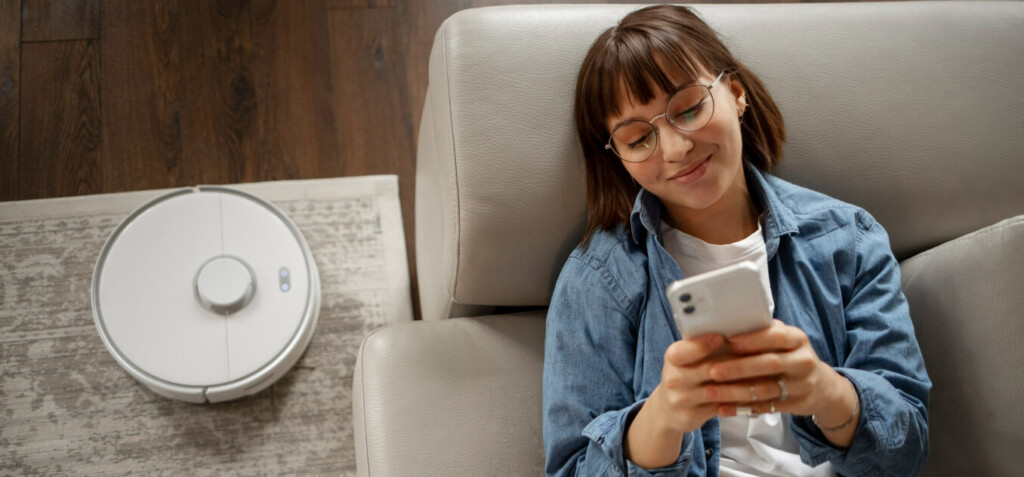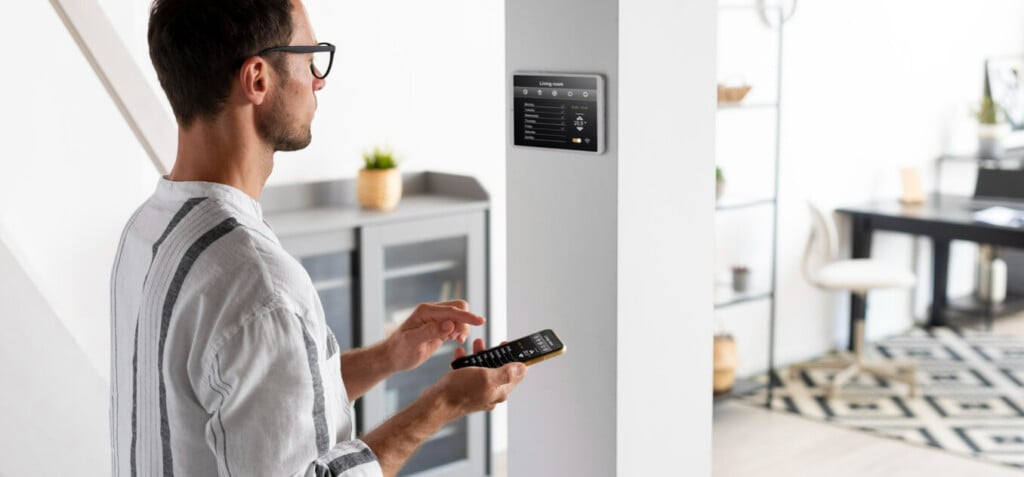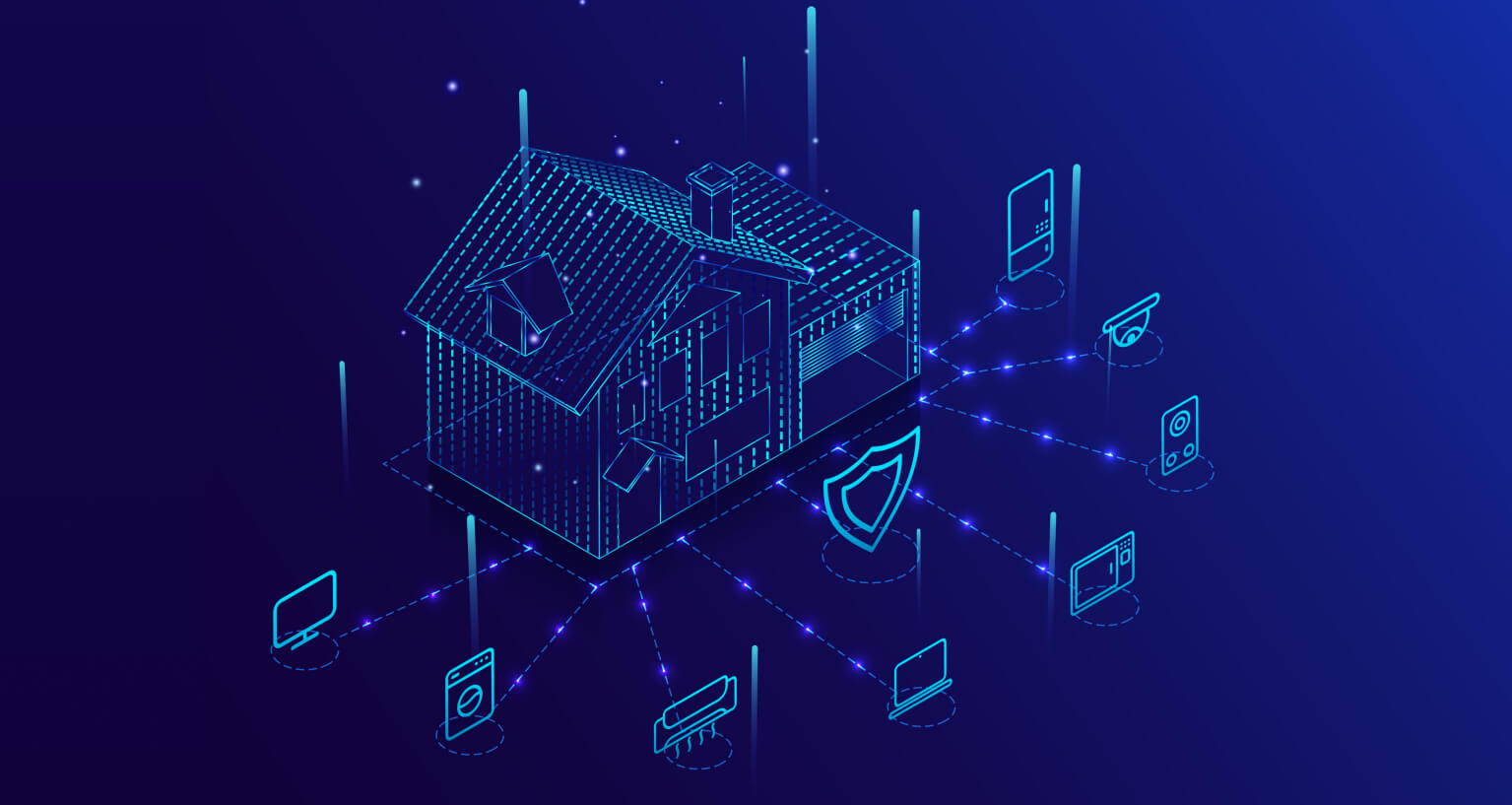
Easier, cheaper, faster: smart home automation with smart home devices
Wake up to the smell of coffee, get back to a clean home, and never leave the lights on after you’re off to work. What once was a sci-fi fantasy is now available with smart home devices. But starting a smart home automation system isn’t just a glimpse into the future. It’s making every day easier and saving money.
Everything is smart now.
It all started with smartphones, but this prefix is added to any goods these days. There are smart TVs and fridges, and you probably already have a smart speaker. Smart lighting is controlled with smart switches. Smart locks and doorbell cameras protect the front door.
But what does their “smart” mean? What’s the difference between a smart home and a regular property? Is that about artificial intelligence or having a personal assistant? Is any connected device smart?
Not entirely, but a little. Smart home devices generally connect to the internet – through a smartphone or Wi-Fi to access more capabilities, requiring more data or syncing with other devices.
Here’s where another smart home term – Internet of Things, abbreviated IoT – comes to mind. If you connect enough smart devices, and some of them connect, that’s how you create a smart network.
That doesn’t mean that “smart home” means “automatic”, but collecting enough smart home devices and making them interact leads to smart home automation.
What is smart home automation?
Smart home technology means, for example, turning the temperature up through your smartphone connected to a smart thermostat.
Smart home automation turns the temperature up when the weather outside gets colder. Smart lighting automatically dims in the evening and turns off at night.
One could make thousands of examples like that, from alarm systems and security cameras enabling themselves when everyone leaves home, through window sensors connected to emergency services, to coffee makers making your beverage just before your alarm clock rings.
Most of our days are usually – at least partially – similar. Everyday routines may seem mundane, but their predictability enables incalculable chances for improvement.
Time and money: expensive start, long-term savings.
The cost of smart home automation devices may seem steep in the beginning. However, there are various ways you can follow.
Intricate integrations include various wireless and wired systems, security systems, etc. These require professional installation and are easier to implement when setting up a new place: a house or apartment.
On the other end, there are a couple of self-installed and managed platforms using cloud-connected gadgets. Based on wireless technologies and the internet, they are easier to launch but obviously, require some level of skill and time.
Apart from costs, which may differ based on your property and the scope of smart home automation, you must be aware of the savings it will bring you long-term.
Imagine how much worry less it would take if you never had to look for door keys, run around to turn off all the lights or remember to turn the heating on when it’s getting cold outside. Seconds and minutes every day sum up to hours and days throughout the years.
What is more measurable are the money savings.
Imagine the costs of energy use caused by the heating left on high when no one is there, speakers and TVs playing, or the water flowing long after you finished watering the garden. Of course, these add up throughout the long-term perspective and depend on your property. The more you consume, the more you should save with smart home automation devices.
Even if the time and cost savings may seem minuscule to your lifestyle or property, it’s a sure way to make them more efficient and sustainable. Less energy and water consumed is the first but for sure way to decrease your smart home footprint on the environment and let you be more green.
How does home automation work?
It starts with smart devices connected to a smart hub that can remotely control or automatically turn them on and off.
These connections are available in multiple ways: from wired installations through classic Wi-Fi or Bluetooth to standards made especially for smart home devices, such as Z-wave and ZigBee.
Central smart home hub runs on a standardized system that enables extra features to its connected devices.
Locally-based systems run all home automation on a computer at your home: there are such standards as Fibaro or Grenton. The other smart home technology branch is based on cloud – software running on the internet.
Smart home: how to automate your smart home with smart devices
Choose your smart home system and central hub.
All connected gadgets need one central device and smart home technology software management.
You can choose between two major types of smart home systems:
1) Self-managed smart home platforms, such as Apple HomeKit, Google Home, Amazon Alexa, or Homey, are user friendly and cost-effective. These connect to the internet to sync and manage your devices, connected through your smart home Wi-Fi or Bluetooth and local hubs, such as Apple HomePod mini, Alexa smart speakers, or Google Nest devices.
These have their pros and cons, and your chosen standard may not work with all smart home devices on the market. However, major three enable remote control through your chosen voice assistant, and voice commands asked Siri, Google Assistant, or Alexa on enabled devices.
These standards come with a wide array of compatible smart speakers and smart displays. Connecting them to smartphone services means you have full control everywhere, even on your Apple Watch or other devices.
2) Smart home installations, such as Fibaro, Grenton, eeDomus, Ampio, and many others, do not require an internet connection and may offer more secure, errorproof solutions.
However, these require professional installation and are easier to implement when setting up a new house or apartment. Otherwise, this may become a stressful experience for inexperienced users.
Pick your smart home devices
Here’s where the fun starts. Choose from thousands of devices, from smart plugs or smart TV to alarm systems, security cameras, and smart thermostats.
Where to start?
Spend a couple of days – or weeks – mindful of what would make your everyday life easier.
Do you forget to turn off all the lights when you leave? Hate waiting for the garage door to open? Would you like to have a remote control for central heating? All of these are possible. The only difficult decision is to choose what you need.
Afterwards, when purchasing smart home devices, make sure all of them are compatible with your chosen smart home system.
Begin smart home automation
With a chosen smart home automation system and smart devices, you may begin to create routines, scenes, and general schedules. What is the difference?
Automated routines begin when you trigger them yourself, such as a simple voice command asked from a smart speaker or mobile device. For example, if you tell your Google Assistant that you’re back home, it may turn smart lighting on, play music on a smart speaker, and turn on the news on your smart tv.
Scenes, also called flows, are smart home automation sequences where the state of one device directs the action of another. Imagine that after you lock the smart lock after leaving, the heating turns off, and the garage door opens.
Scheduling is the simplest but most important part of smart home automation. Just as you can set up the alarm on your phone to launch on weekdays at 6 a.m. but not on weekends, you can set the window shutters to close every evening at the set hour and open at 7 a.m.
Just make sure to change the automatic routine according to your schedule. It is important to sleep in, too.













